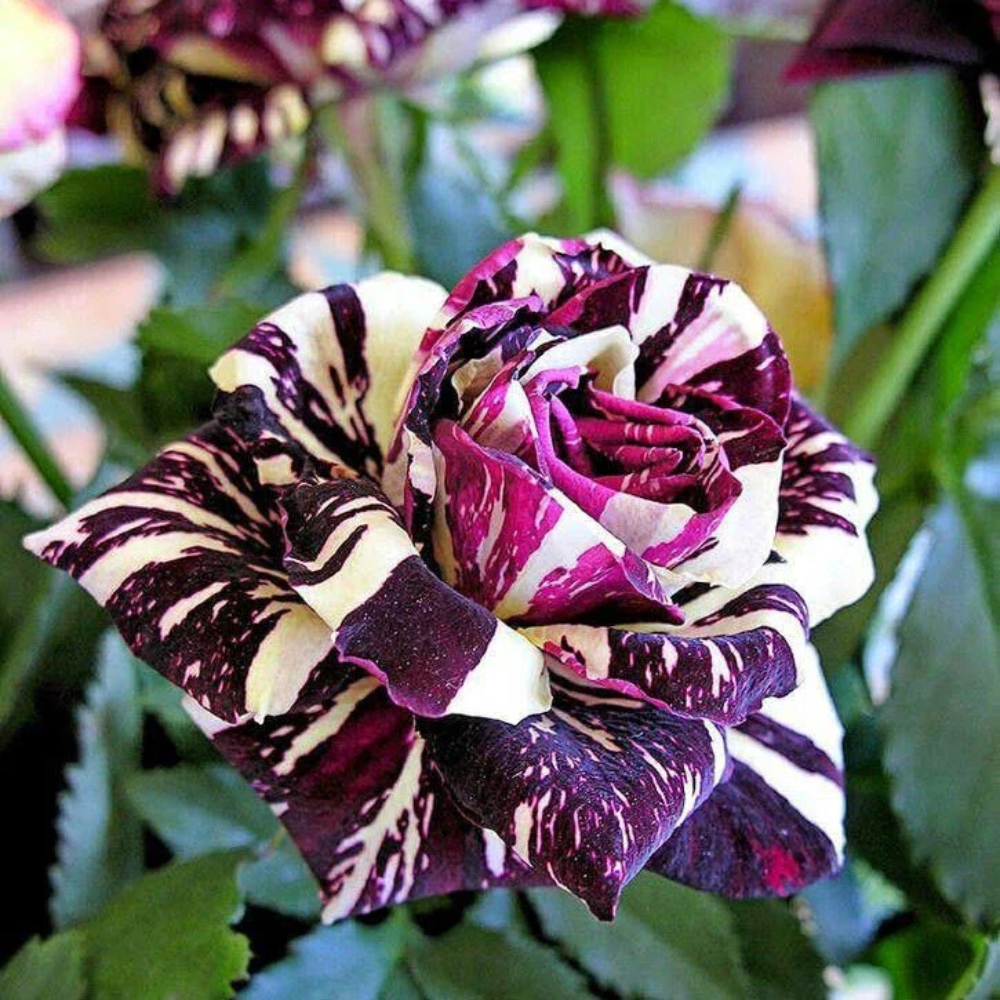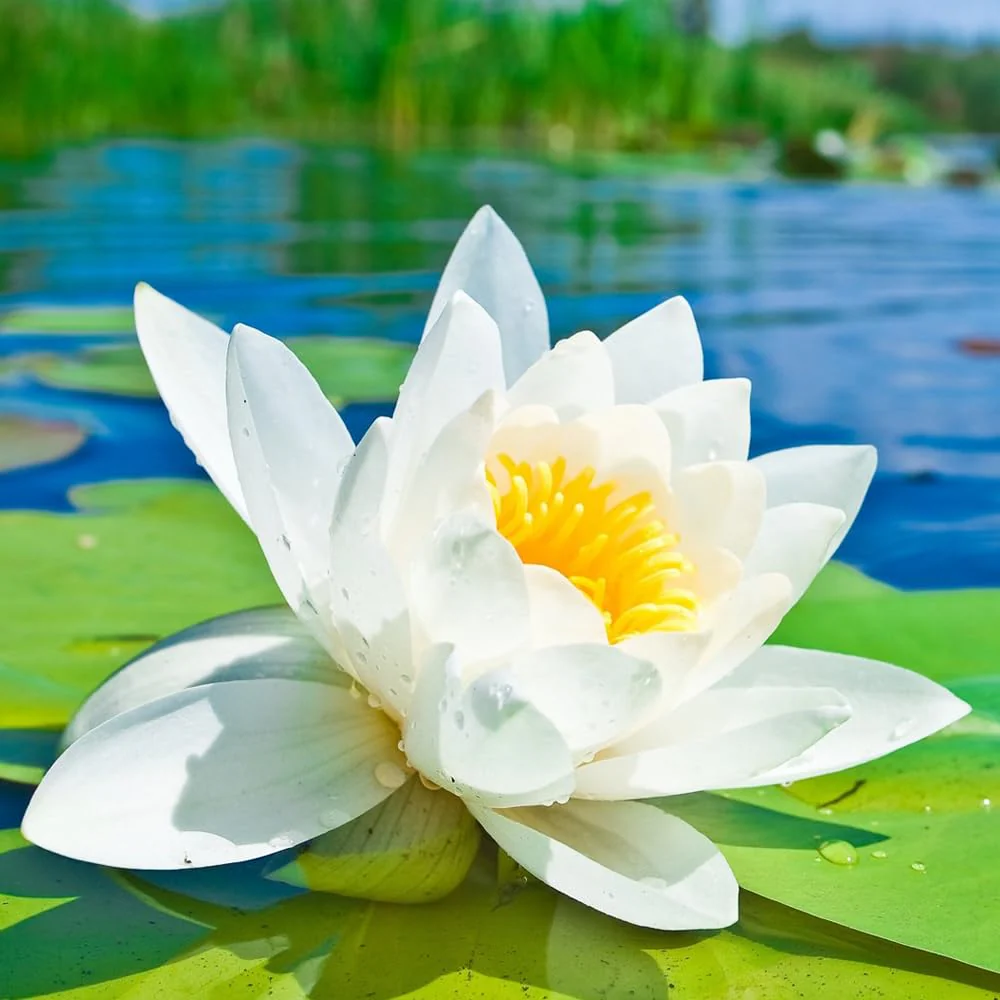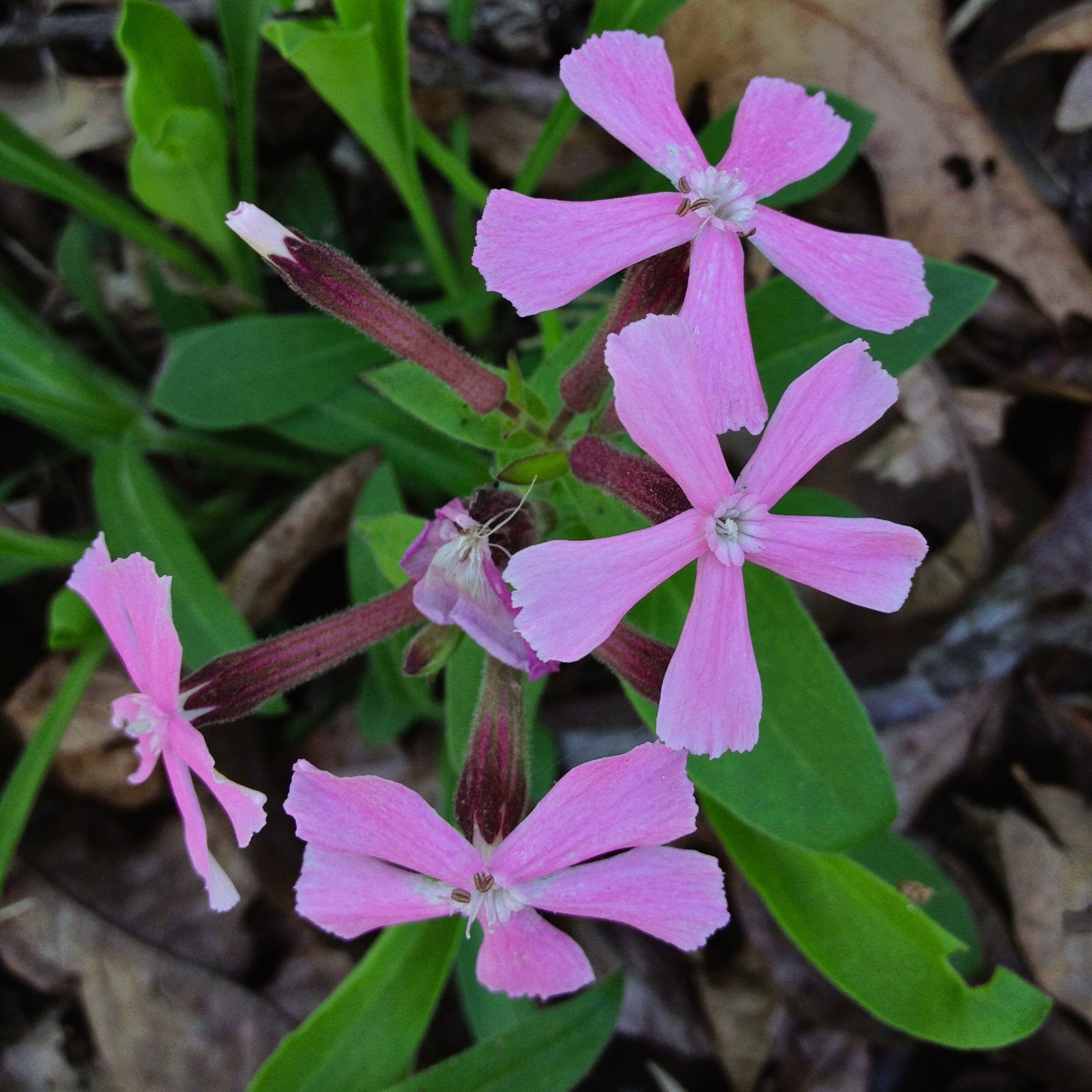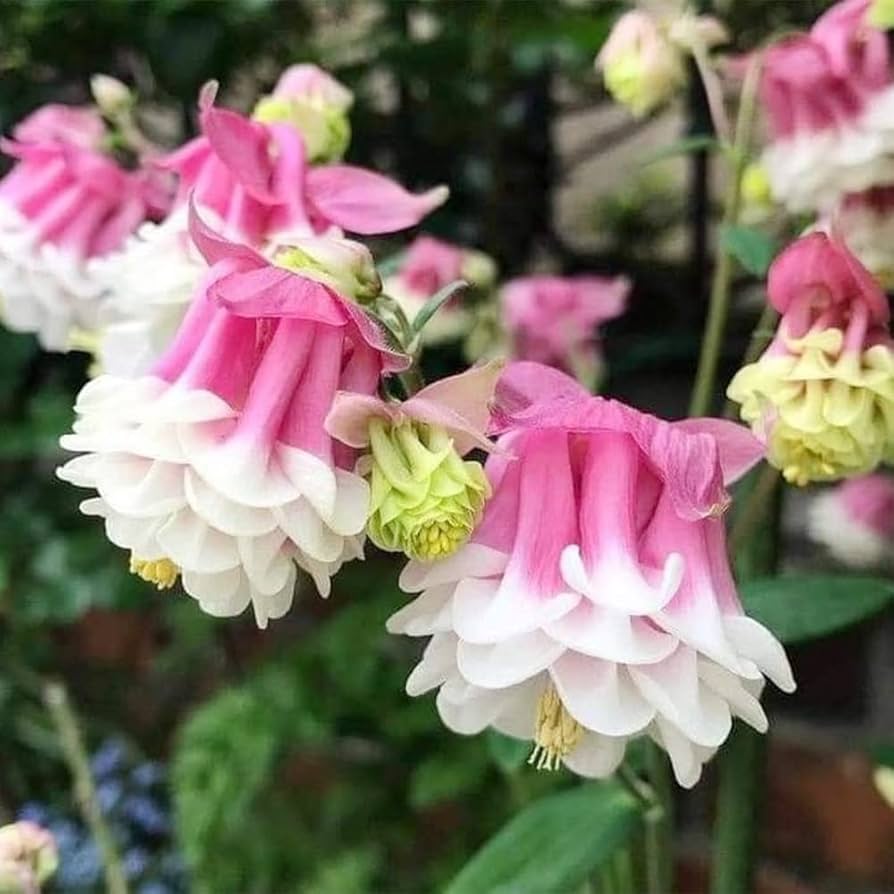About Japanese Black Pine
Japanese Black Pine (Pinus thunbergii) is a stunning evergreen conifer native to Japan, known for its dark green needles, twisted branches, and resilient nature. This pine tree is commonly used in landscaping, bonsai cultivation, and as an ornamental tree for its unique appearance and hardiness. Its tall stature, combined with graceful, long needles, makes it a showstopper in gardens and along coastal regions. Additionally, Japanese Black Pine is highly salt-tolerant, making it a great option for coastal gardens or seaside landscapes.

At Pureasiaseeds.com we offer premium Japanese Black Pine seeds, helping you grow this elegant and resilient tree in your garden or landscape.
Why Grow Japanese Black Pine?
There are several reasons why you should grow Japanese Black Pine:
-
Ornamental value: The dense green needles and twisted branches create a distinctive silhouette, making it a favorite for landscaping.
-
Salt tolerance: This pine is known for its ability to thrive in coastal areas, tolerating salt-laden air and wind, which makes it an excellent choice for seaside gardens.
-
Low-maintenance: Once established, Japanese Black Pine requires minimal care, making it an ideal landscape tree or bonsai.
-
Bonsai suitability: Its aesthetic form and slow growth make it a favorite for bonsai enthusiasts.
-
Wildlife-friendly: The tree provides shelter and food for a variety of birds and small mammals.
When to Plant Japanese Black Pine
-
Optimal season: Spring is the best time to plant Japanese Black Pine after the last frost, or early fall if you're in a mild climate.
-
Seed germination: The seeds typically germinate in 30–60 days when provided with consistent moisture and warm temperatures.
-
Growth time: This pine grows slowly, with an estimated height increase of 6–12 inches per year, making it a long-term investment for your landscape.
Where to Grow Japanese Black Pine
Japanese Black Pine thrives in:
-
Full sun: This tree needs 6–8 hours of direct sunlight for optimal growth.
-
Well-drained soil: Prefers sandy, loamy, or acidic soil that is well-draining. This helps to avoid waterlogging, which can cause root rot.
-
Coastal climates: Naturally adapted to coastal environments, Japanese Black Pine thrives in areas with windy conditions and saltwater exposure.
-
Landscape and garden beds: This tree is perfect for large yards, gardens, and landscaping projects, where its beauty and resilience can be fully appreciated.
How to Grow Japanese Black Pine

-
Soil preparation: Ensure that the soil is well-drained and slightly acidic. Amend the soil with organic matter if necessary to improve soil texture.
-
Planting seeds: Sow Japanese Black Pine seeds about 1/4 inch deep into well-prepared soil. Space the seeds about 1–2 inches apart to give them room to grow.
-
Watering: Water the seeds regularly to keep the soil moist but not soggy. Once the tree is established, water deeply but infrequently.
-
Fertilizing: Apply balanced slow-release fertilizer in early spring to encourage strong growth. Avoid over-fertilizing, as this can harm the tree.
-
Transplanting: Once seedlings are a few inches tall, transplant them into larger pots or their permanent spots in the garden, spacing them at least 6–10 feet apart for adequate growth.
How to Care for Japanese Black Pine
-
Watering: Ensure that the soil remains moist but never waterlogged. Deep watering helps the roots grow strong.
-
Pruning: Trim any dead or damaged branches in late winter or early spring before new growth begins. For bonsai, selective pruning can shape the tree as desired.
-
Mulching: Apply a thin layer of organic mulch around the base to help retain moisture and reduce weed growth.
-
Pest management: Japanese Black Pine is relatively pest-resistant, but keep an eye out for pine beetles or scale insects. Use organic pest treatments if needed.
-
Winter care: In colder climates, protect young trees from frost damage by wrapping the base with frost cloth or moving potted trees to a sheltered location.
Companion Plants for Japanese Black Pine
Japanese Black Pine pairs well with other drought-tolerant, coastal or low-maintenance plants:
-
Lavender: A great complement to the aesthetic of the pine with its fragrant flowers and low water needs.
-
Juniper: Another evergreen that thrives in similar soil and sunlight conditions, providing a complementary structure in landscaping.
-
Creeping Thyme: A perfect ground cover for the pine tree, offering fragrance while adding texture.
-
Daylilies: Provide bright color contrast and grow well under the shade of the tree's canopy.
Harvesting and Uses of Japanese Black Pine

-
Ornamental uses: Japanese Black Pine is widely used in landscaping and bonsai cultivation for its elegant form and long-lasting aesthetic appeal.
-
Pine needles: The long needles can be used in traditional crafts, like basket weaving or as pine needle mulch in gardens.
-
Pine cones: The cones are attractive and can be harvested for decorative uses in wreaths or other crafts.
Final Thoughts on Japanese Black Pine
Japanese Black Pine (Pinus thunbergii) is a resilient, low-maintenance tree that adds beauty, structure, and functionality to any garden or landscape. Whether you are cultivating it as a bonsai or using it as an ornamental tree for coastal gardens, this salt-tolerant, evergreen pine is an excellent choice for both experienced and beginner gardeners.
At Pureasiaseeds.com we offer premium Japanese Black Pine seeds, so you can grow this stunning tree in your own garden. Start planting today and enjoy the beauty and resilience of this timeless evergreen in your landscape.








